Cultures
Can We Monetize Banksy (And Should We)?
Can We Monetize Banksy (And Should We)?
From the opening of Banksy’s theme park Dismaland to our surprise when he left Steve Jobs at Calais’s largest refugee camp, 2015 was another big year for Banksy. Above all, Banksy has accomplished what he does best—highlighting the world’s worst regions and the world’s most heated politics.
The year began with Banksy returning to Palestine in February to add to his 2005 paintings on the West Bank barrier wall. He painted a portrait of weeping goddess Niobe on the door of a recently bombed building. Not long after the previous resident, Rabie Darduna, sold the door for a meager 700 shekels, or $130.
Banksy was wrapped up in a major project on a disused lido site in August where he invited fifty-eight artists to help him create Dismaland, an artistic theme park filled with dark humor and political polemic.
His next big move was in Calais. He broke down Dismaland and brought the materials to Calais’s largest refugee camp, The Jungle, to be used for shelter. And he called it Dismal Aid. Here Banksy left a portrait of Steve Jobs, who happens to be the son of a Syrian refugee. After all, a hunted man with an idea is a hunted man with an idea. This is undoubtedly one of Banksy’s most clever works of art. The residents have covered the portrait behind blue tarp and are charging $4 for people to view the painting for themselves.
As we anticipate what 2016 will look like for Banksy, we can be certain that we won’t be disappointed. There’s no denying that Banksy has grown tremendously in popularity and is an integral part to our society. We can’t forget that he’s been an Oscar-nominated filmmaker for his documentary Exit Through The Gift Shop.
But for someone of such popularity his works are often scrubbed off, power washed, or tagged by other graffiti artists. This is an unsurprising fate for a graffiti artist and we’ve seen it happen to many before, such as Jean-Michel Basquiat and Keith Haring. Unfortunately for Banksy, it was perhaps unforeseen that his work would be literally chopped out and brought to enterprising gallerists and collectors. Now Banksy’s work is being stolen and sold for anywhere between $50,000 to $1 million. The question is, if Banksy is painting on another’s property, is the work really his own? Nevertheless, it is widely grieved to see such talent receive not even a penny. Banksy’s Pest Control was created in 2008 to fight the global war against speculation by art dealers and private sellers, but even with this army his work is still being commandeered.
As more people are anxious to get their hands on Banksy’s work, is it really possible to monetize Banksy? Without tearing down buildings, creating piles of rubble, and unloading tons of weight into buildings it’s not possible. And even if you dream of owning your own wall of Banksy’s art, can you really appreciate it? His work is meant for the streets because more than art, it’s a method of communication. To monetize Banksy is to silence Banksy.


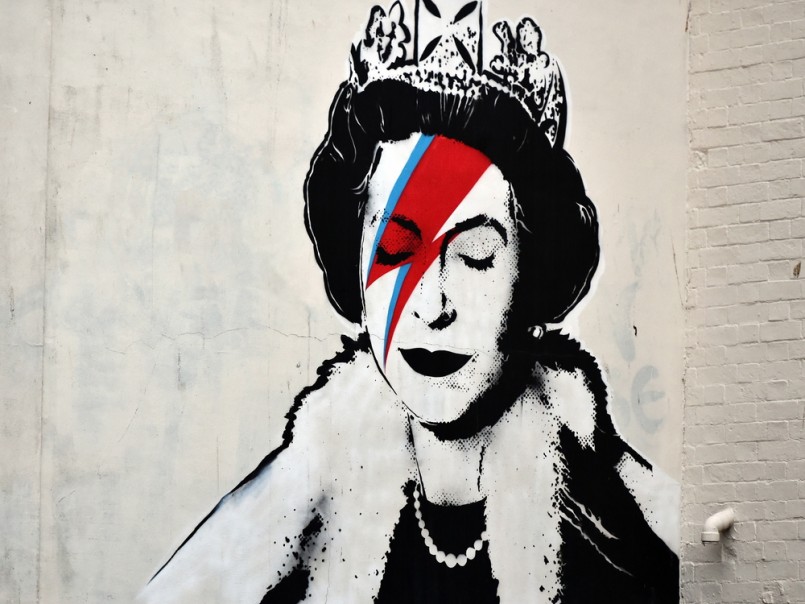
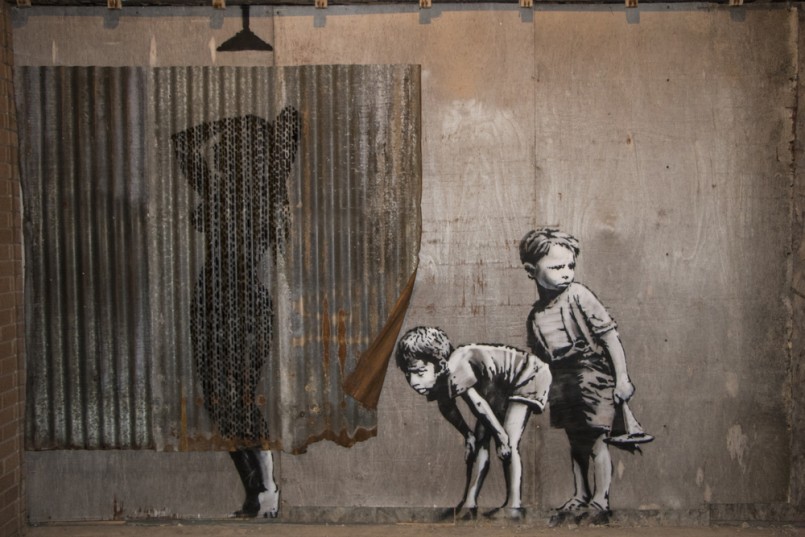
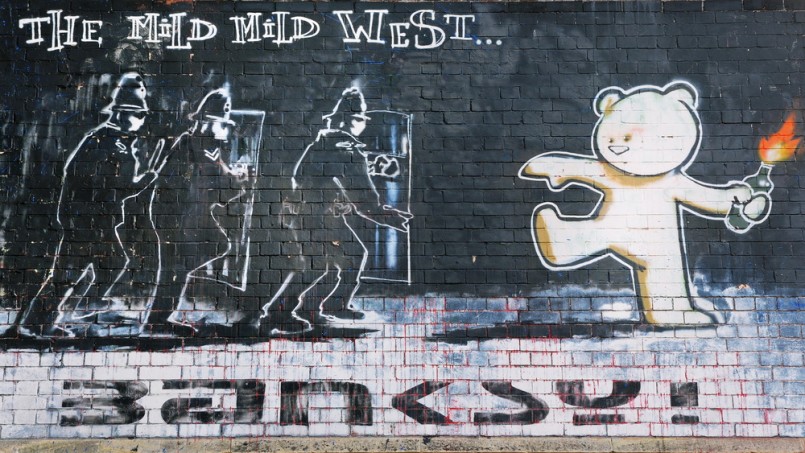
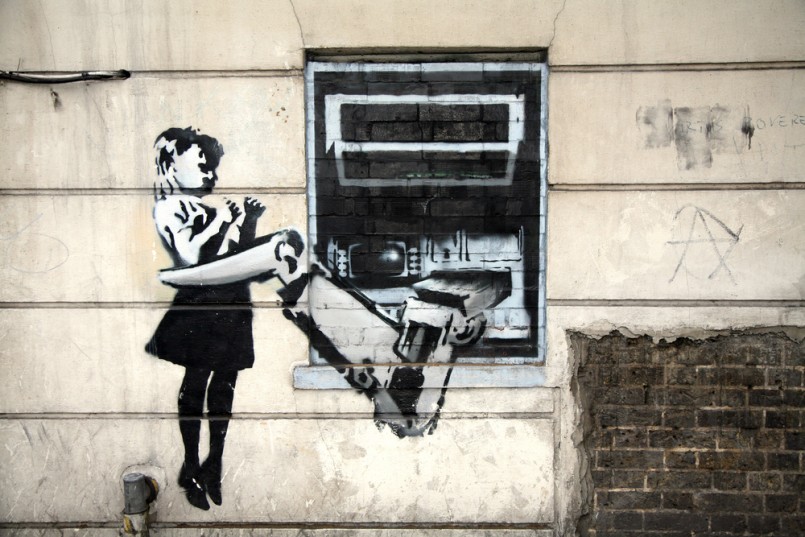
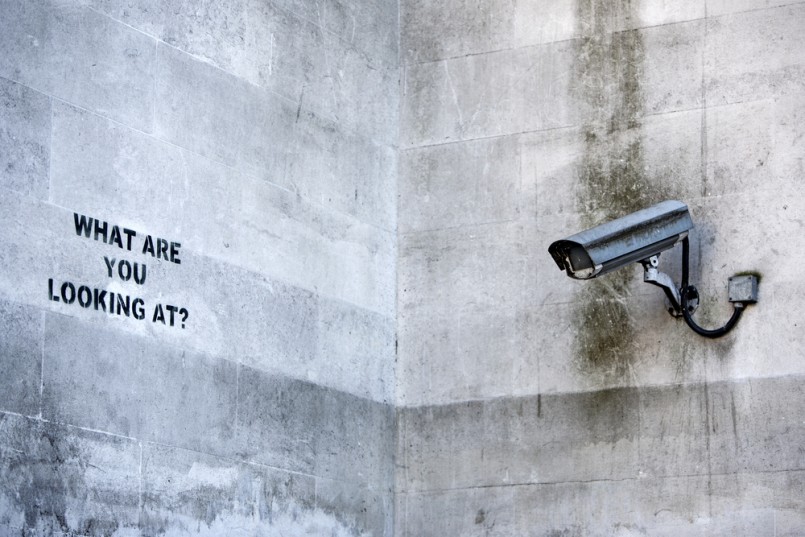

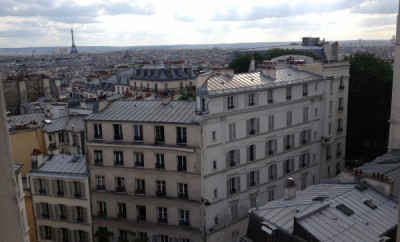
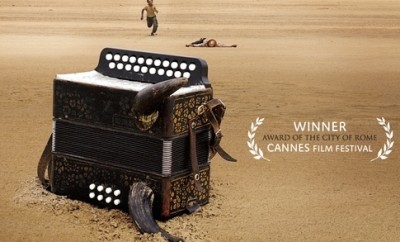

0 comments